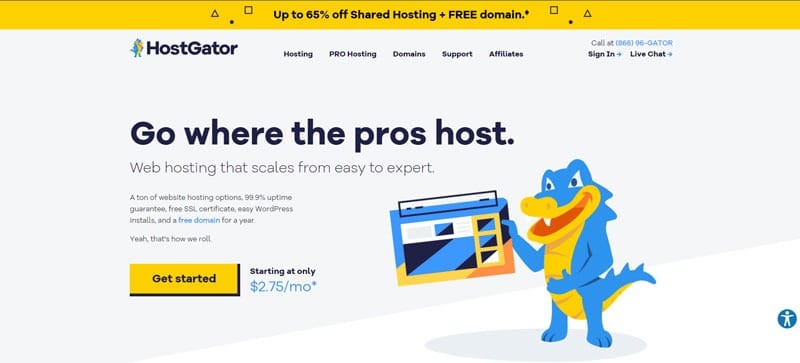Hosting a live event is excellent for branding, boosting brand loyalty, and networking. The problem, however, lies in the logistics. Even when things were normal (in the pre-COVID-19 world), there were many people who couldn’t attend the event for several reasons. For instance, the venue might not be big enough to take everyone. The location of the game might have been too far away, and if it took place late at night, attendees would even have to book accommodation.
Nowadays, with the social distancing trend at its peak, hosting a live event seems almost impossible. Well, here are the top eight helpful tips for converting your life event to a virtual environment. So, the best way to handle this situation would be to try to convert your live event to virtual. This idea comes with its own logistical benefits and disadvantages. Here are several tips on how you should proceed with it.
The benefits
The first major benefit that comes from converting your live event to virtual is the overhead. After all, you no longer need a huge venue, seeing as how you may have massive virtual attendance instead of a live audience. This alone reduces the cost of the lease for the venue. Second, when you have a certain size of attendance, you need to hire more security, provide more toilet facilities, tend to a larger catering, etc. These are just some of the reasons why going virtual is so cost-effective. Not to mention the fact that you will have a much bigger potential attendance pool.
Come up with unique ideas
The closest thing you can come to a live event in the virtual environment is the live-streaming of the event. This means that the event will still consist of your staff doing their presentation/performance but without an on-spot audience. Here, you also want to include pre-recorded videos, animated education content, and more. Also, make sure to give your audience a chance to ask questions via live-stream chat. This way, they will still feel like participants.
Get them involved
One of the toughest challenges that you will face here is an attempt to get people involved by using this medium. There are several methods that you can consider applying in order to achieve this. For instance, virtual lobbies allow you a higher level of crowd control and give you a more direct way of interacting with your audience. Polls, surveys, and conversational formats are also a great idea. This is something that the immersion of your audience depends on and, therefore, the success of the entire event.

Consult professional help
Even though the context of the event has changed, there are still a lot of technical issues that you have to deal with. The issue of technical production and management requires skill, knowledge, and experience that you may lack. A similar thing goes for creative development, stage management, and audio services. This is why agencies like Veritas Events specialize in the execution of these on-spot technical issues. This way, you can divert your focus to the bigger picture.
Start with marketing
While it is true that people don’t have to schedule their arrival to your location in advance (taking a day off, booking a room, figuring out the commute), it’s still a good idea to start early with the marketing. Start by investing some time in writing a story. What you want is to give your audience a reason to tune in. Formats like videos, animation, and graphics can be quite effective in promoting the event.
Pick the right platform (or several)
There are so many streaming platforms out there for you to choose from, and it’s up to you to opt for the best fit. YouTube streaming is a go-to, especially if your audience is already a subscriber on your channel. This way, they will most likely get a notification, and the chance that they’ll miss out on it will be drastically reduced. A similar notification system exists on the majority of other platforms, but you risk a scenario where people in question actually lack the application.
Make the adjustments
The next vital step lies in the task of adjustment. Sure, it is still an event, but things are not always the same. First of all, you need to think about your audience when setting the timeline. For a live event, a time-zone difference doesn’t make much of a problem, seeing as how everyone’s in the same location. However, what happens when you have the audience all across the world. One cunning trick that you could use here is a tool such as a world clock meeting planner. The stage itself is no longer the place that has to take all the equipment and support all the people involved in the process. Instead, it’s what people can see in a single frame.
Prepare for some tough competition
With live events getting canceled left and right, all your competitors will soon switch toward online event-hosting format. This is why you need to be ready for some tough competition. This means that you need to find a way to improve your marketing efforts, the quality of the event organization and management and learn how to offer a unique angle to your audience. The thing is that this is not an isolated event. Live-streaming events are a business model of the future, and this is something that you have to get accustomed to as soon as possible.
In conclusion
Seeing as how the global pandemic has affected the world of event management, chances are that we will see this trend more and more. In fact, even the UFC 249 event was hosted without a live audience, solely relying on PPV (pay-per-view) audience. The truth is that, as the numbers and profit go, the event itself didn’t do as bad. This raises another question – are there any real cons to this idea? Well, not really. Even when the public gatherings are allowed once again, there’s no reason why all these events shouldn’t be streamed, as well. In other words, converting your live event into a virtual one is a skill worth having.
Author

Mianna Korben
Lifestyle blogger
email: miannakorben@gmail.com




![[Free] Sweden Local Virtual Number Sweden Virtual Number](https://www.shoutmecrunch.com/wp-content/uploads/2022/12/Sweden-Virtual-Number.jpg)
![Best WordPress Hosting? [2022] web hosting](https://www.shoutmecrunch.com/wp-content/uploads/2019/11/web-hosting.jpg)


